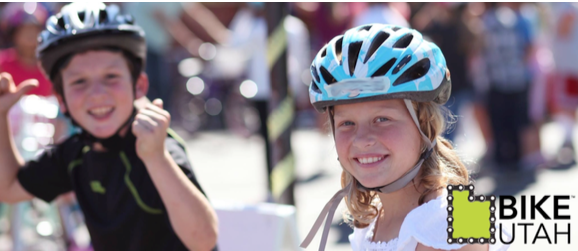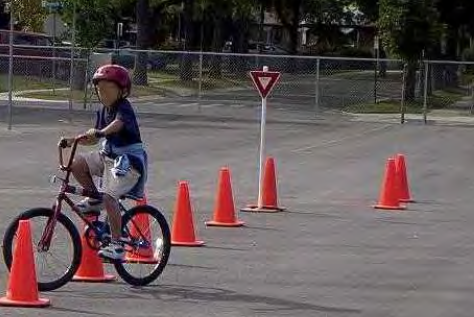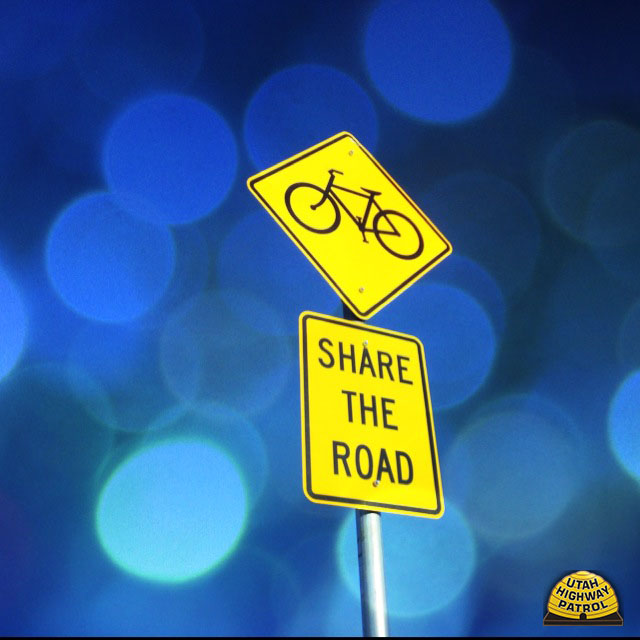Bicycle Safety & Laws
Bicycling is an increasingly popular activity in Utah for people of all ages. Children ride bikes for fun or to get to school; competitive cyclists ride Utah’s canyons, and more and more people are using bicycles as a form of transportation. All of this means that bicycles and cars are continuously interacting on Utah’s roadways. The Highway Safety Office works to encourage cyclists and drivers to Share the Road, show each other respect and follow the rules of the road.
Youth Bicycle Education and Safety Training (BEST) Program – Bike Utah

Youth BEST is a 5-hour, on-bike program that teaches students how to safely and confidently get around by bicycle. The program is administered at schools and is targeted students in the 5th to the 7th-grade range. The course takes place for one hour over the course of five consecutive days. Click here for more information.
Bicycle Skills Rodeo

In conjunction with the Utah Emergency Medical Services for Children, the Highway Safety Office has two bicycle rodeo trailers that contain all the necessary equipment for conducting a bicycle skills rodeo. A bicycle rodeo is a clinic that teaches children the importance of riding a bicycle safely and what skills and precautions they need to develop to have a safe time on their bicycles. These trailers can be used by the public free of charge. For more information on conducting a bicycle rodeo, visit the information page here.
Helmets
Bicycle crashes cost victims and communities millions of dollars annually. In Utah in 2005, costs to treat bicyclists injured in crashes with motor vehicles at emergency departments and admitted to the hospital exceeded $6.8 million.
Head injury is the most common serious injury from bicycle-motor vehicle crashes. Bicycle helmets can reduce the risk of head injury by as much as 85% (New England Journal of Medicine). A statewide helmet observational survey conducted in Utah in 2007 showed that 23% of elementary school-age bicyclists, 14% of secondary school-age bicyclists, and 58% of adult bicyclists wear bicycle helmets. Virginia Tech also released Bicycle Helmet Ratings evaluating many popular models based on their ability to reduce linear acceleration and rotational velocity of the head.
https://www.instagram.com/reel/CsBusrfuYms/?utm_source=ig_web_copy_link&igshid=MzRlODBiNWFlZA==
Utah Cycling Laws
This list is a plain-language summary of the laws that apply to bicyclists and is provided for general information only. The actual wording of these laws, and additional laws, may be found in the referenced sections Title 41, Chapter 6a of the Utah Code, available online.
Get a pocket-size brochure with all of this information here
For more information
Please contact Amy Winkler
Utah Highway Safety Office
801-965-4400

